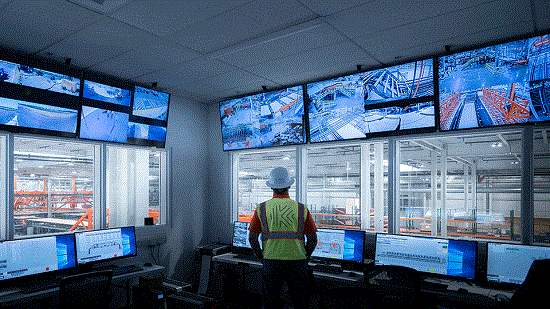 Saturday, September 28, 2024
Saturday, September 28, 2024  Saturday, September 28, 2024
Saturday, September 28, 2024 
In 1987, the US government led a collaborative initiative with a dozen semiconductor manufacturers that were on the brink of collapse due to innovative competition from overseas manufacturers.
The federal government led the charge of this consortium, called Sematech, in order to gain and sustain a healthy place in the growing market of semiconductors, pulling off a very successful program that remains strong today.
Now, the building environment faces a similar threat. Developers are ordering modular units from overseas that are price competitive with what could be manufactured in the US and also incorporate more design, construction and operational innovation.
The Need for Collaboration
As Sematech saved the semiconductor industry by investing $100 million per year for five years, Nolan Browne, a serial entrepreneur and founder and chairman of ADL Ventures, wants the federal government to intervene to rescue modular construction, restoring American manufacturing jobs and creating a better built environment.
Browne is relentless with his ideas, contacting government officials to get support to bring prefabrication to the next level, thankful for its appeal to both sustainable- and capital-minded parties. His message is simple but complicated. Today, prefabrication in the United States is stunted. The small manufacturers that exist cannot invest in research and therefore cannot produce the more sophisticated projects that are needed today. Plus, the regulatory environment is so restrictive here in the US, that in many cases, it can be less cost to ship a project over from a more experienced or innovative fabricator.
So, some work is going overseas.
Check out the video gallery here